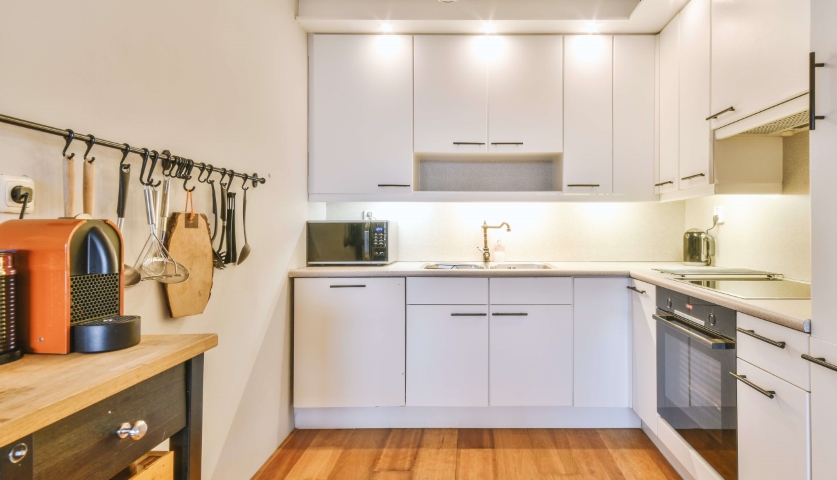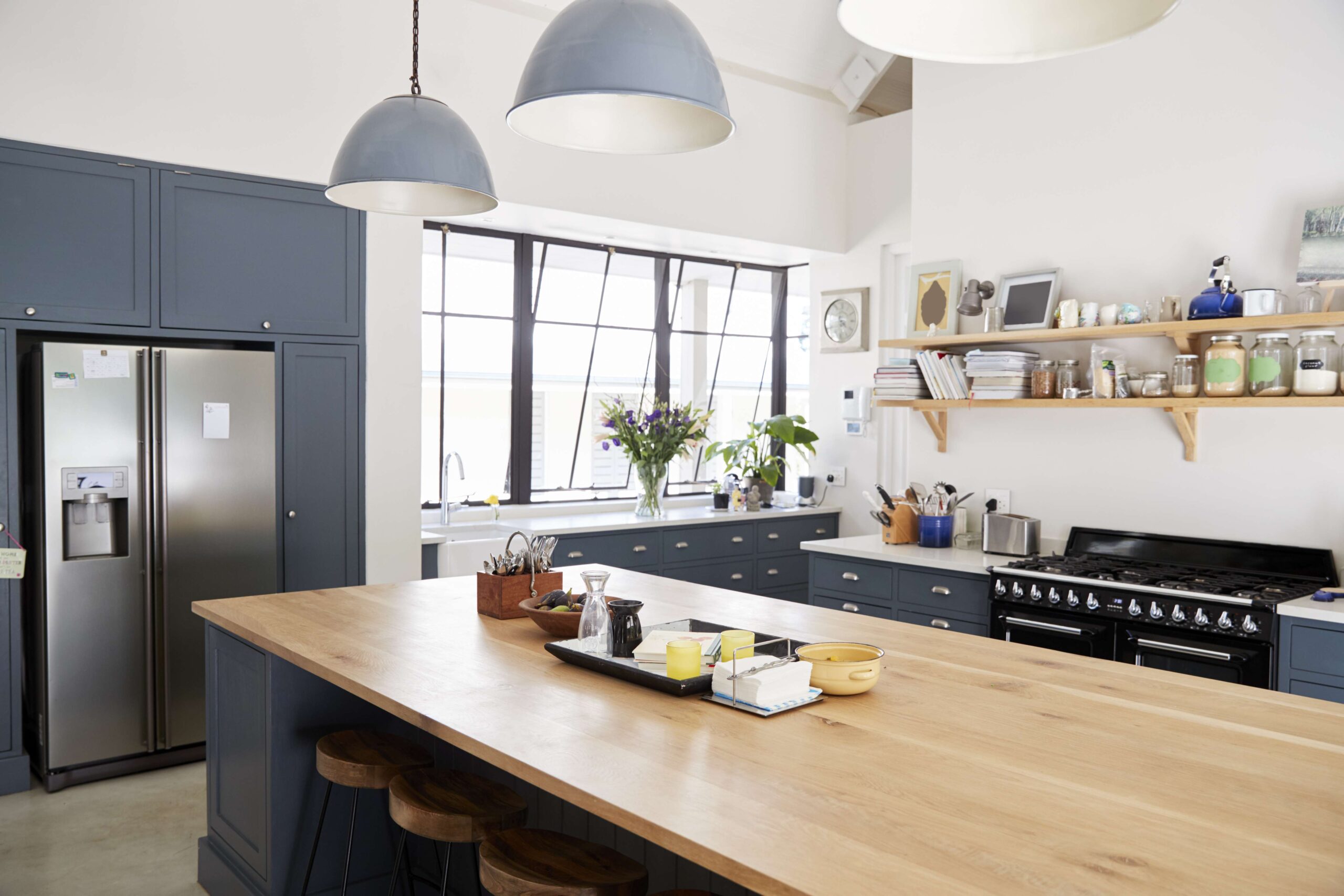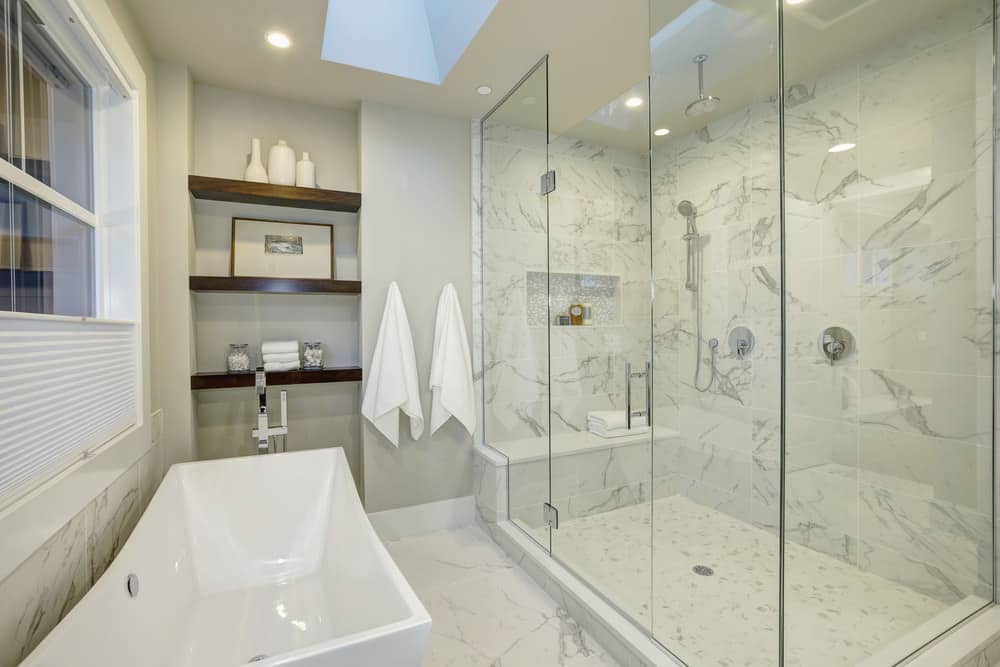1. What is acrylic wall panels

It’s possible to describe acrylic shower walls as large sheets of hard plastic adhered to a surface with a strong adhesive. As a result, they are among the most flexible and adaptable choices available for use as wall surrounds. They can be made to look like tiles if desired.
The PVC variant of the panel is typically the most affordable option available. Polyvinyl chloride, also known as PVC, is the third most widely used synthetic plastic globally. Because of its low cost and ability to be molded into stiff or flexible shapes, it is an excellent choice for use as a shower wall.
Acrylic tub walls are often lighter in weight than their acrylic counterparts. This is because the core is not a solid mass but rather is constructed in a vertical cuboid fashion. Take a look at the diagram below.
Above all, bathroom panels have made a product that was previously only available to those with large budgets available to those with lower ones. Although the designs tend to be more straightforward, they provide all of the benefits of a high-end product.
The PVC tub wall panels are an excellent bargain because they are supplied in packs of two and are ideal for waterproofing a wall the size of your shower cubicle, which is approximately the size of your bathtub.
2. The benefit of using acrylic shower walls for
a. Low maintenance for shower surrounds installation

Because fiberglass walls only come in one piece, it is easier for home improvement. Keeping a tiled shower clean isn’t an easy undertaking. Depending on how the tile was installed, you may have to clean both the tiles and the grout corner. Cleaning acrylic walls is as simple as using a clean towel and dish soap.
You don’t have to worry about staining, mold, or mildew. The smooth surface cannot block the water inside so mold cannot grow.
Waterproofing is another advantage of acrylic shower wall panels. To avoid water damage, acrylic is non-porous. Stubborn filth and soap scum should be cleaned with a non-abrasive cleanser. Because acrylic walls cannot be mended if damaged, they must be replaced rather than repaired, the most significant difference between the two solutions.
b. Low-cost shower wall panels

The acrylic surround, which is the most common, can cost anywhere from $300 to $1,200. Marble is the most expensive alternative at $600 to $2,000 for a prefabricated model.
However, because the acrylic tub shower surrounds require low maintenance so you don’t have to have a remodeling project every year, it is still cheaper than other materials. Besides, it is made from transparent materials so the shade is not going to fade.
c. Durability

Despite their lack of design and color options, acrylic surrounds are more durable, inexpensive, and easier to maintain than more expensive tile walls. Aside from being resistant to stains and scratches, they are great for bathrooms.
Because it is made up of acrylic materials, mold and mildew cannot access your wall.

3. How to DIY project bathroom wall panels
Tools require for installing
_Caulking gun

_Drill

_Tape measure

a. Step 1
Using a measuring tape, mark and cut the panels to match the various places on your shower walls. When cutting, use a clamp to hold the sheets together and prevent rattling. When cutting through your panel, you can also use a “sacrificial board” to keep the panel from vibrating.
To make holes in the panels, use a blunt drill. It is not recommended to screw or fix anything into the panels physically. Before attaching the panel to the wall, make sure you pre-drill all required holes.
b. Step 2
The premium quality adhesive should be applied in 6mm diameter beads spaced 100mm apart. Make sure that the beads are used in the cut-outs.
c. Step 3
The shower panel should be attached to the wall within 30 minutes after applying the adhesive. Please use a straight edge to apply enough pressure to the sheet so that it is uniformly distributed throughout, resulting in a uniform finish.
Allow for a 3mm expansion gap between each sheet of paper. Use firm pressure to press each panel flush against the wall, compressing each bead to the 3mm spacing and allowing greater adherence. Double-sided tape can secure the sheets in place while the silicone cures.
d. Step 4
The panel should be sealed around the perimeters, cut-outs, and edges using neutral cure silicone, extending approximately 50mm from each panel border. Run the silicone down all inside corners to seal them and prevent water from penetrating the wall structure.
e. Step 5
Remove the thin protective layer from the ornamental face of your newly installed acrylic shower panels after they have been cleaned and prepared. Use of abrasive cleaners or materials on your panels is strictly prohibited. When cleaning your shower panels, warm water, and light detergent is more than sufficient.
For more information about the acrylic shower panels, contact the following address
Website: https://www.tthbuilder.com/contact-us
Phone no.: (206) 258-9103



